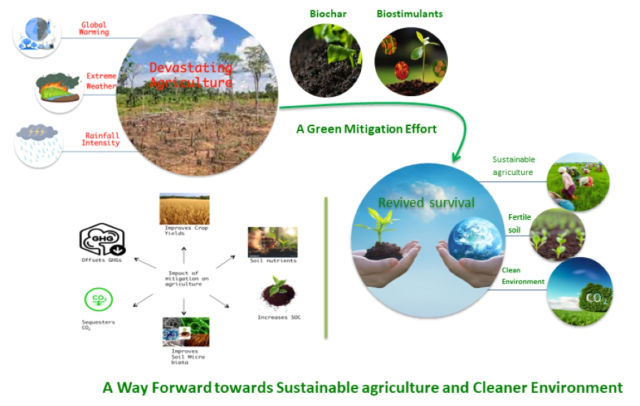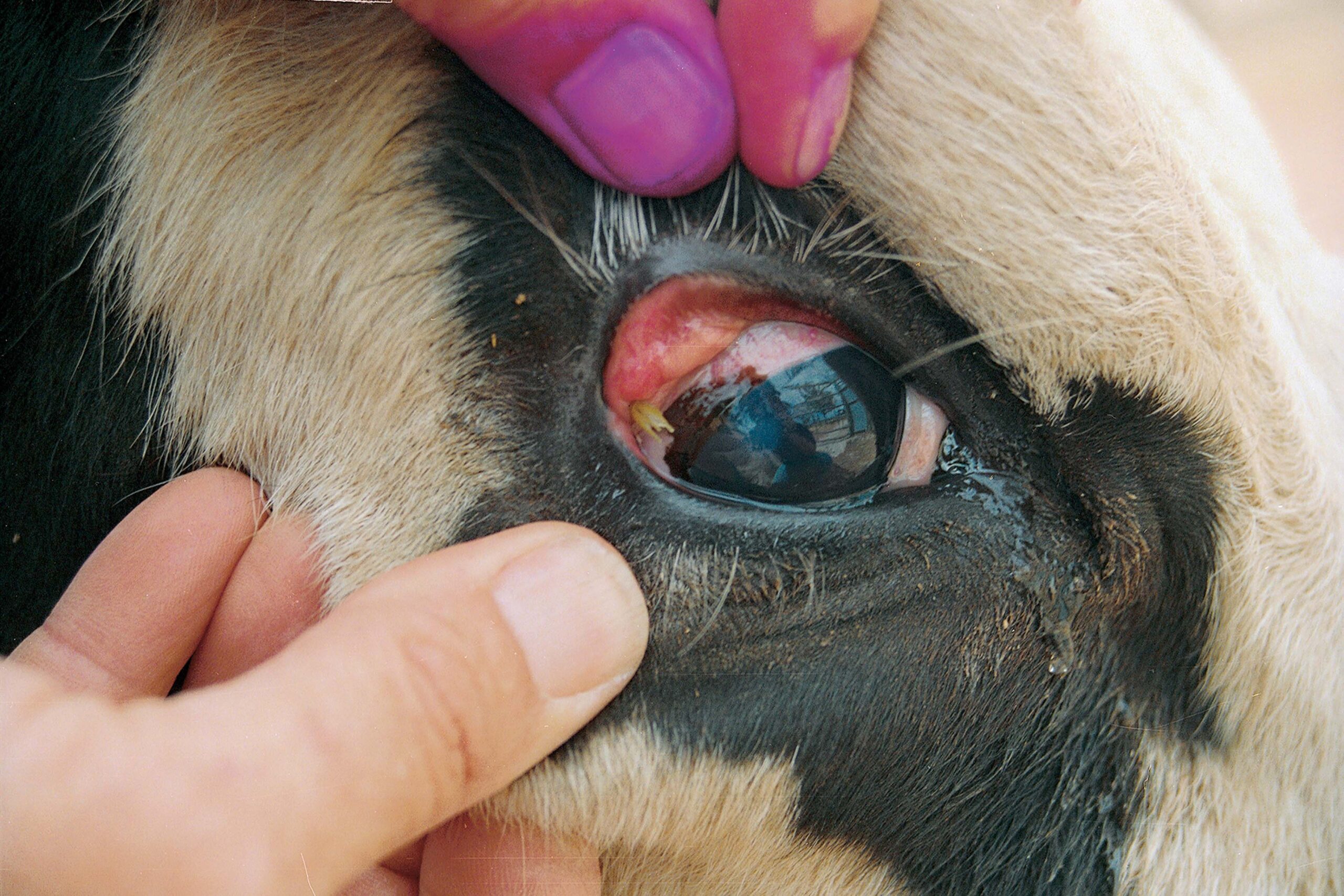
Weather Variability
Understanding Its Impact on Agriculture, Ecosystems, and Human Life
About:
Weather variability refers to the short-term fluctuations in atmospheric conditions, such as temperature, precipitation, wind, and humidity, over days, weeks, or seasons. Unlike climate change, which refers to long-term shifts in weather patterns, weather variability focuses on the immediate and often unpredictable changes that can have profound effects on agriculture, ecosystems, and human life. We will explore the causes of weather variability, its impacts, and strategies to mitigate its effects.
Causes of Weather Variability:
Weather variability is driven by a combination of natural and human-induced factors. Understanding these causes is essential for predicting and managing its effects.
- Natural Factors:
- Atmospheric Pressure Systems: High and low-pressure systems influence wind patterns, temperature, and precipitation.
- Ocean Currents: Phenomena like El Niño and La Niña disrupt normal weather patterns, leading to extreme conditions such as droughts or heavy rainfall.
- Solar Radiation: Variations in solar energy reaching the Earth can cause temperature fluctuations.
- Volcanic Eruptions: Volcanic ash and gases can block sunlight, leading to temporary cooling.
- Human-Induced Factors:
- Urbanization: Cities create “heat islands,” altering local weather patterns.
- Deforestation: Removing forests disrupts the water cycle, affecting rainfall and temperature.
- Pollution: Aerosols and greenhouse gases can influence cloud formation and precipitation.
- Geographical Factors:
- Topography: Mountains, valleys, and plains affect wind and rainfall patterns.
- Proximity to Water Bodies: Coastal areas experience milder temperatures and higher humidity compared to inland regions.
Impacts of Weather Variability
Weather variability has far-reaching consequences across various sectors, including agriculture, ecosystems, and human health.
1. Impact on Agriculture
Agriculture is highly dependent on weather conditions, making it particularly vulnerable to variability.
- Crop Production:
- Droughts: Reduced rainfall can lead to water shortages, affecting crop yields and quality.
- Floods: Excessive rainfall can waterlog fields, damage crops, and delay planting or harvesting.
- Temperature Extremes: Heat waves can cause heat stress in plants, while frost can damage sensitive crops.
- Livestock Farming:
- Heat Stress: High temperatures can reduce milk production, weight gain, and reproductive performance in livestock.
- Cold Stress: Extreme cold can increase energy requirements and mortality rates in animals.
- Pests and Diseases:
- Changes in weather patterns can alter the distribution and lifecycle of pests and diseases, increasing the risk of outbreaks.
2. Impact on Ecosystems
Weather variability can disrupt ecosystems, affecting biodiversity and ecosystem services.
- Species Distribution:
- Shifts in temperature and precipitation can force species to migrate to new areas, leading to changes in ecosystem composition.
- Phenology:
- Changes in the timing of natural events, such as flowering, breeding, and migration, can disrupt ecological relationships.
- Extreme Events:
- Storms, wildfires, and floods can destroy habitats, reduce biodiversity, and alter ecosystem functions.
3. Impact on Human Life
Weather variability affects human health, infrastructure, and economies.
- Health Risks:
- Heat waves can cause heatstroke and dehydration, while cold spells can lead to hypothermia.
- Increased rainfall can create breeding grounds for disease-carrying vectors like mosquitoes.
- Infrastructure Damage:
- Extreme weather events can damage roads, bridges, and buildings, leading to costly repairs and disruptions.
- Economic Losses:
- Agriculture, tourism, and energy sectors are particularly vulnerable to weather variability, resulting in significant economic losses.
Strategies to Mitigate the Effects of Weather Variability
Addressing the challenges posed by weather variability requires a combination of adaptation and mitigation strategies.
1. For Agriculture
- Diversification:
- Grow a variety of crops to reduce the risk of total crop failure.
- Integrate livestock and crop farming to create resilient farming systems.
- Water Management:
- Invest in irrigation systems to ensure water availability during droughts.
- Construct drainage systems to prevent water logging during floods.
- Weather Forecasting:
- Use accurate weather forecasts to plan planting, harvesting, and other agricultural activities.
- Climate-Resilient Crops:
- Develop and adopt crop varieties that are tolerant to drought, heat, and pests.
2. For Ecosystems
- Habitat Restoration:
- Restore degraded ecosystems to enhance their resilience to weather variability.
- Conservation Efforts:
- Protect vulnerable species and habitats through conservation programs.
- Ecosystem Monitoring:
- Monitor ecosystems to detect early signs of stress and implement timely interventions.
3. For Human Life
- Early Warning Systems:
- Develop and disseminate early warnings for extreme weather events to reduce risks.
- Infrastructure Resilience:
- Design and build infrastructure that can withstand extreme weather conditions.
- Public Awareness:
- Educate communities about the risks of weather variability and how to prepare for extreme events.
- Health Preparedness:
- Strengthen healthcare systems to respond to weather-related health emergencies.
The Role of Technology in Addressing Weather Variability
Advancements in technology are playing a crucial role in understanding and managing weather variability.
- Satellite Imaging:
- Satellites provide real-time data on weather patterns, enabling accurate forecasts and early warnings.
- Climate Models:
- Advanced models simulate weather variability, helping researchers predict its impacts and develop mitigation strategies.
- Precision Agriculture:
- Technologies like drones, sensors, and GPS enable farmers to monitor and manage crops more effectively.
- Renewable Energy:
- Transitioning to renewable energy sources reduces greenhouse gas emissions, mitigating human-induced weather variability.
Global Collaboration for Weather Resilience
Weather variability is a global challenge that requires international cooperation. Key initiatives include:
- Data Sharing:
- Countries can share weather data and research findings to improve global forecasting and preparedness.
- Capacity Building:
- Developing countries can receive technical and financial support to build resilience to weather variability.
- Policy Frameworks:
- International agreements, such as the Paris Agreement, aim to address climate change and its impacts, including weather variability.
Conclusion
Weather variability is a complex and multifaceted phenomenon that poses significant challenges to agriculture, ecosystems, and human life. While natural factors play a major role, human activities are increasingly contributing to its intensity and frequency. By adopting adaptive strategies, leveraging technology, and fostering global collaboration, we can mitigate the impacts of weather variability and build a more resilient future.
For farmers, policymakers, and individuals, understanding and addressing weather variability is essential for ensuring food security, protecting ecosystems, and safeguarding human well-being. Together, we can navigate the uncertainties of weather variability and create a sustainable and prosperous world.

















